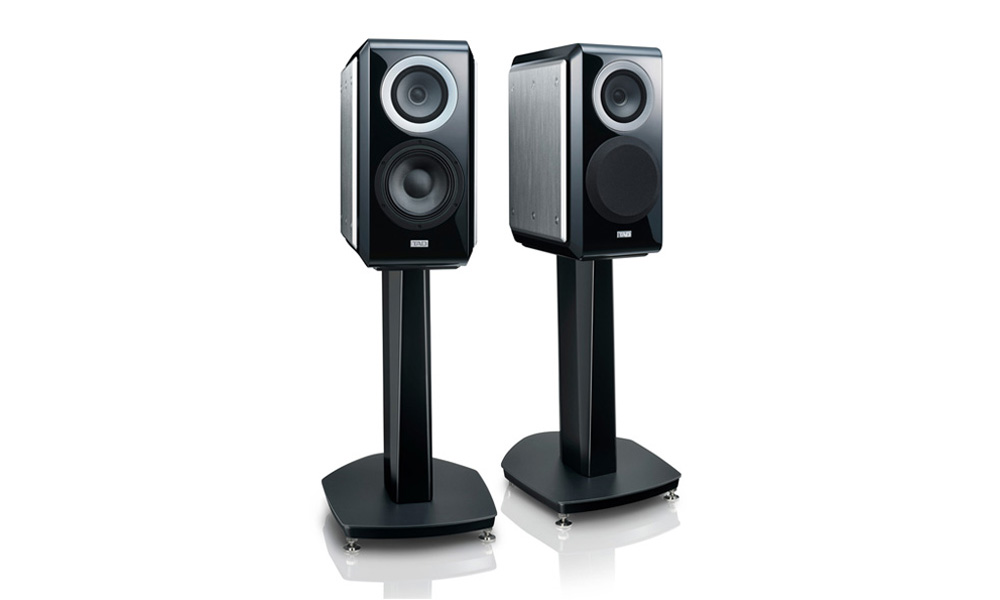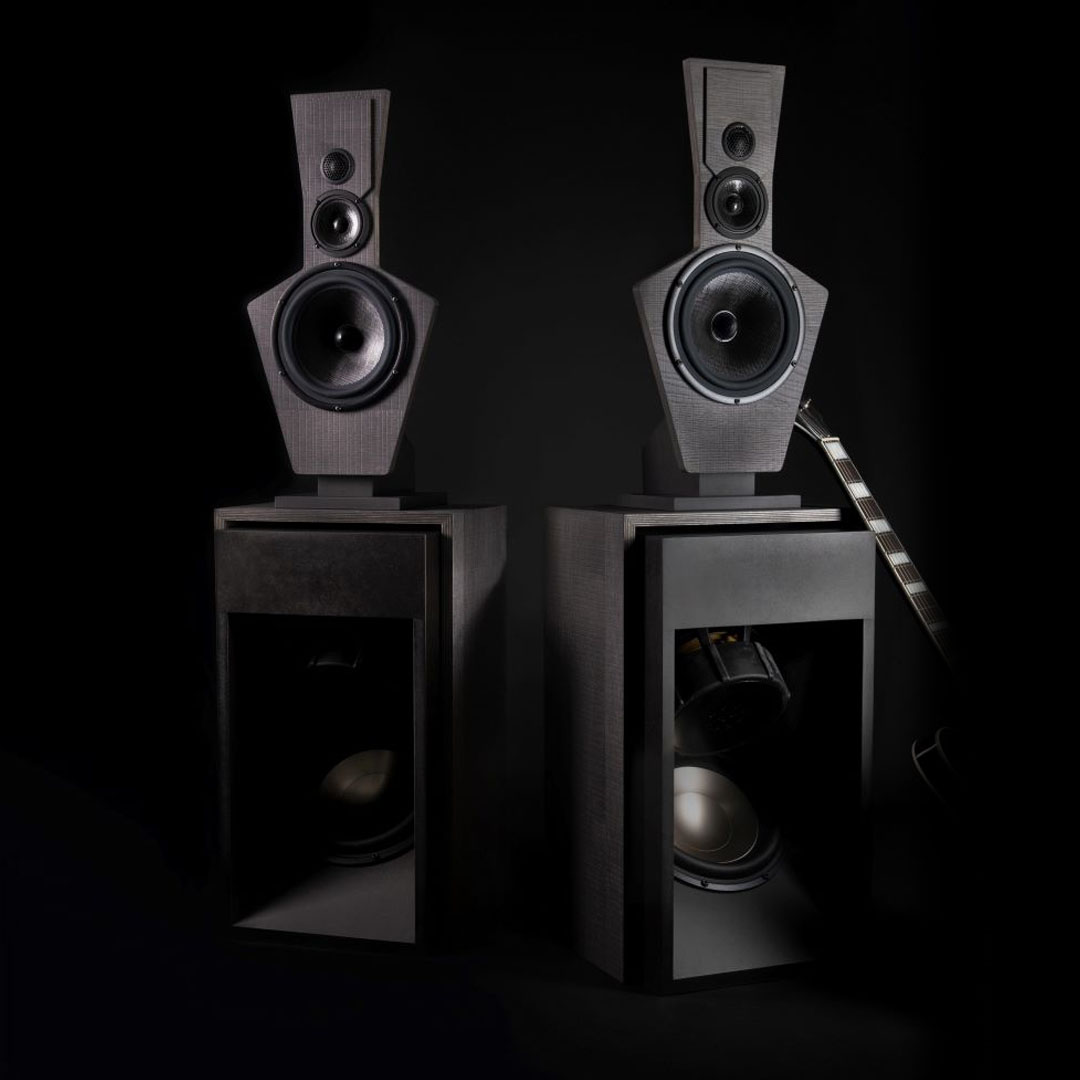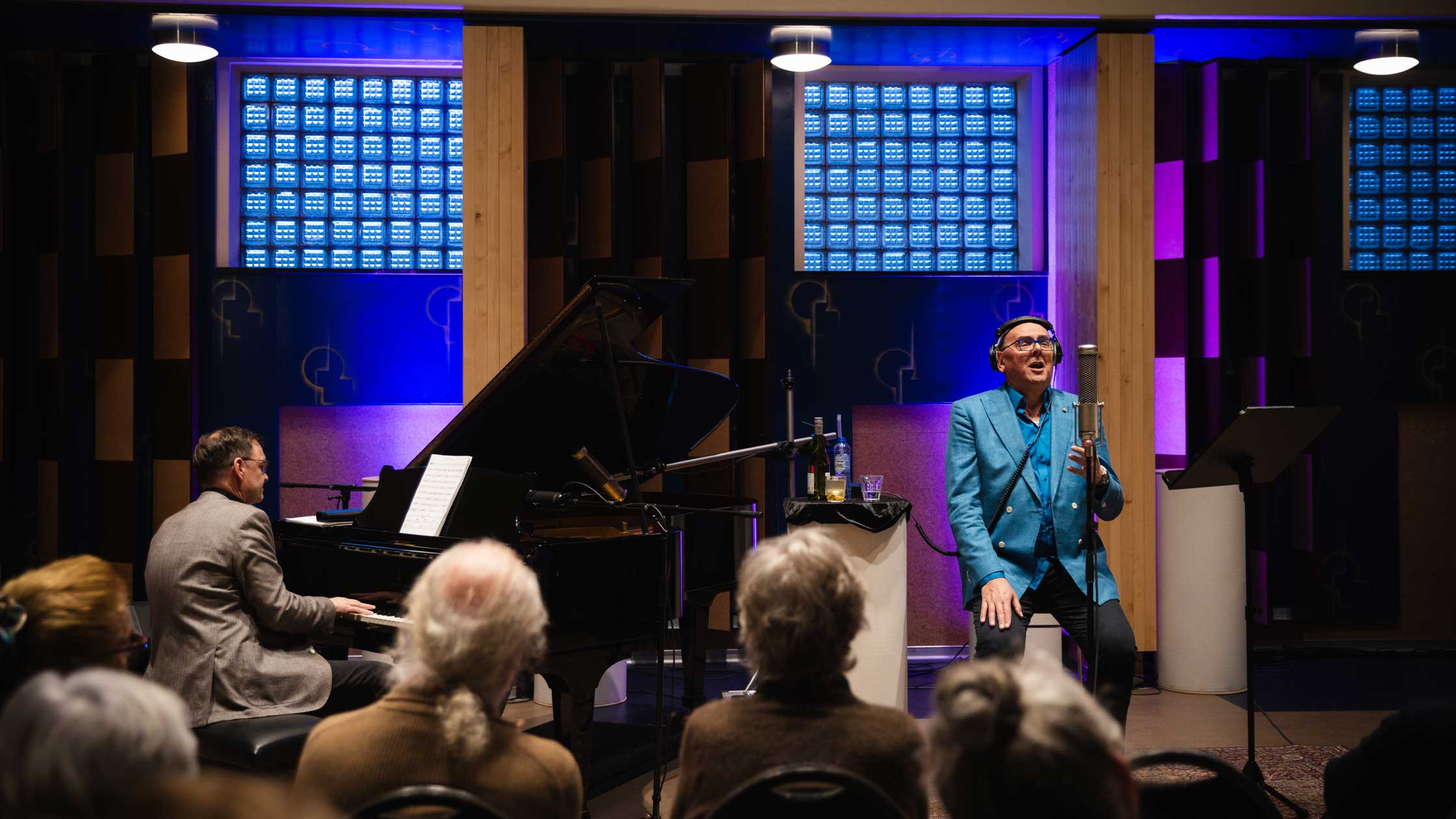Way Over Yonder by 3 Hands Clapping
by Frans de Rond, Sound Liaison
There are recording sessions that feel like magic from the very first note. The recording of Way Over Yonder by 3 Hands Clapping was one of those rare moments, not only because of the trio’s artistry, but because it brought my own musical story full circle.
Remembering Bart Fermie (1955–2025)
Before diving into the technical side, I want to take a moment to remember Bart Fermie, the percussionist on this session, who passed away unexpectedly earlier this year. Bart was an extraordinary musician, sensitive, inventive and deeply musical. His rhythmic sensibility shaped the entire performance. I feel privileged to have captured one of his final recordings, a living testament to his spirit and musicianship.
From “Sesjun” to Studio 2
When I was in my early 20's, I tuned into the Dutch radio show Sesjun, which broadcast live jazz concerts. That night, a band called Batida was performing. I had never heard of them before, but hearing Theo de Jong play fretless bass that evening was a life-changing experience.
Theo’s tone was lyrical, his phrasing melodic and emotional. I was completely captivated. That moment made me realize what I wanted to dedicate my life to: music and recording.
Almost forty years later, Theo is standing in front of our microphones, together with two other long-time heroes: Peter Tiehuis on guitar, known for his work with, among others, the Metropole Orchestra and Bart Fermie on percussion. To have them in my studio felt surreal, like time folding back on itself.
Capturing the Trio Live
The recording of Way Over Yonder was done live at MCO Studio 2 in Hilversum, one of my favorite acoustic spaces. The trio performed their own arrangements of some well-known timeless pop songs. No overdubs, no edits, no headphones, just three musicians communicating in real time.
For this session, I wanted to explore depth and realism by using — in addition to the other microphones, a single stereo microphone setup with the Josephson C700S. I was still in an experimental phase, looking for the best way this mic could work for me. Instead of placing the main mic in front of the band, I positioned it behind the percussion, above Bart’s setup. From there, the mic could capture not only his instruments but also the natural projection of Theo’s bass amp and Peter’s guitar amps, all blending together in the air.
The Stereo Guitar Setup
Peter’s guitar setup deserves special mention. His amplification was stereo, with two separate speaker cabinets. Instead of close-miking each cabinet individually, which would mean electronically mixing two channels later, I decided to place one stereo microphone (Audio Technica 4050ST) at a distance that captured both cabinets simultaneously.
This approach made a some serious difference. When you close-mic each speaker and combine the signals in the mix, the stereo image is constructed electronically. But when you record the sound as it exists in the air, the stereo image forms naturally. The interaction of the speakers with the room, the phase relationship, the reflections — everything blends organically before it reaches the microphone. The result is a wider, more coherent and three-dimensional sound that feels alive.
The Bass, the Voice, the Human Touch
Theo’s acoustic bass was recorded using two sources: one microphone near the amp and another directly from the bass (DI). Blending these gave the bass a natural presence and helped it sit perfectly with the guitar and percussion.
Theo also does something many jazz musicians do: he sings softly while he solos. Those subtle vocalizations add an extra human dimension; they remind you that the sound is not just produced by strings and wood, but by emotion from the heart.
Percussion using omni-directionals
The complete percussion kit was captured using a Decca Tree configuration, three omnidirectional microphones arranged in a “T” shape, with one center mic and two spaced left/right mics. This setup captures a natural stereo image with excellent depth and spaciousness. The Decca Tree technique, originally developed for orchestral recordings, works beautifully for percussion as well, allowing every nuance of Bart’s playing to breathe while maintaining a coherent image of the entire kit within the room. The result is a tactile, three-dimensional sense of space.
The Sound of Space and Resolution
As always at that time at Sound Liaison, the session was recorded in DXD 352 kHz/24-bit, preserving every nuance and micro-dynamic detail. Studio 2’s natural acoustics did the rest. With no isolation, the air around the instruments became part of the music itself.
When you listen back, you can sense that space — the trio breathing together, the shimmer of the percussion fading into the room, the warmth of Theo’s bass blending with Peter’s guitar harmonics. It’s not just stereo; it’s dimensional.
Listen Closely
So, when you play Way Over Yonder, sit between your speakers and close your eyes. You’ll hear Peter’s wide, breathing guitar tone, Theo’s lyrical bass lines, and Bart’s subtle rhythms guiding it all.
It’s more than a recording — it’s a living moment, preserved in sound.
Listen to the album: 3 Hands Clapping – Way Over Yonder
Recorded, mixed and mastered by Frans de Rond, Sound Liaison









